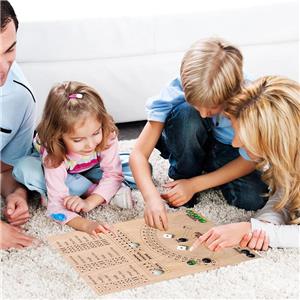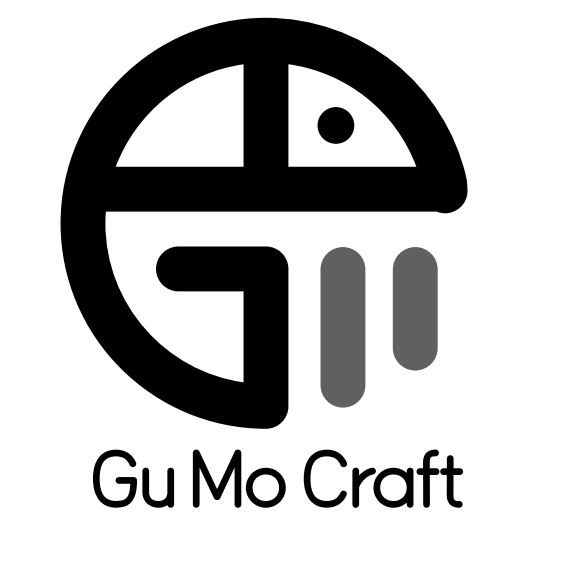The maintenance of a wooden chessboard mainly includes the following aspects

A well-crafted wooden chessboard is more than just a gaming accessory—it's a piece of artistry that deserves proper care to maintain its elegance and functionality. Whether you own a classic walnut chessboard or an intricately designed maple board, regular maintenance ensures its durability and aesthetic appeal. Proper care not only preserves the board's beauty but also enhances your playing experience, making each game feel special. Below is a comprehensive guide on preserving your wooden chessboard, covering all essential aspects from cleaning to long-term storage.
1. Regular Cleaning
Dust, fingerprints, and spills can dull the surface of your chessboard over time. Regular cleaning is crucial to maintain its pristine appearance. Follow these steps for safe and effective cleaning:
Dry Dusting: Use a soft microfiber cloth or a fine-bristled brush to remove dust and debris. Avoid abrasive materials that may scratch the wood surface.
Damp Wiping: For stubborn dirt, lightly dampen a lint-free cloth with water (never soaking wet) and wipe the surface gently. Immediately dry with another clean cloth to prevent moisture absorption.
Avoid Harsh Cleaners: Chemical-based cleaners, alcohol, or ammonia can strip the wood's natural oils and damage the finish. Always use gentle, wood-friendly cleaning solutions.
For those who enjoy various board games, proper maintenance extends to other wooden game sets as well. Consider exploring our Wooden Double-Sided Ludo Board Game for another excellent addition to your collection.
2. Polishing and Conditioning
Over time, wooden chessboards may lose their luster due to regular use and exposure. Restoring their shine not only improves appearance but also protects the wood. Here's how to properly polish and condition your chessboard:
Natural Oils: Apply a small amount of food-grade mineral oil or beeswax polish using a soft cloth. Rub in circular motions, then buff gently for a smooth finish.
Frequency: Polish every 3–6 months, depending on usage. Over-polishing can cause wax buildup, so moderation is key.
Testing: Always test any new polish on a small, inconspicuous area first to ensure compatibility with your board's finish.
3. Proper Storage
Humidity and temperature fluctuations can warp or crack the wood, making proper storage essential for long-term preservation. Protect your chessboard with these storage tips:
Climate Control: Store in a dry, temperature-stable environment (ideally 40–60% humidity). Avoid basements or attics where conditions fluctuate.
Vertical Positioning: If storing long-term, place the board vertically to prevent warping and ensure even air circulation.
Breathable Cover: Use a cotton or linen cloth to cover the board instead of plastic, which traps moisture and promotes mold growth.
4. Handling and Usage
How you handle and use your chessboard significantly impacts its longevity. Proper handling techniques can prevent unnecessary wear and damage:
Lift, Don't Slide: Always lift chess pieces to avoid scratching the board surface. Sliding pieces can create permanent marks.
Rotate the Board: Periodically rotate the board 180° to ensure even wear across all squares.
Clean Hands: Ensure hands are clean and dry before handling the board to prevent oil and dirt transfer.
If you're looking for alternative wooden games, our Fun Mine Sweeper Magnetic Battle Chess offers a unique gaming experience with similar maintenance requirements.
5. Repairing Minor Damage
Even with careful maintenance, minor damage can occur over time. Addressing these issues promptly can prevent them from worsening:
Scratches: Light surface scratches can be buffed out with fine steel wool and a matching wood stain. Always work gently and follow the wood grain.
Deep Gouges: Consult a professional woodworker for repairs to avoid further damage. Attempting major repairs yourself may void warranties or cause additional harm.
Loose Joints: If your chessboard has separating joints, use wood glue specifically designed for fine woodworking and clamp until fully set.
6. Avoiding Common Pitfalls
Prevention is always better than cure. Being aware of common threats to your chessboard's condition can help you avoid costly repairs:
Direct Sunlight: Prolonged UV exposure fades the wood and can cause cracking. Keep the board away from windows and direct light sources.
Liquid Spills: Blot spills immediately with a dry cloth. Never let liquids pool on the surface, as they can seep into the wood and cause swelling.
Extreme Temperatures: Avoid placing the board near heating vents, fireplaces, or air conditioning units where rapid temperature changes can occur.
Conclusion
A wooden chessboard is an investment that rewards careful maintenance. By following these comprehensive guidelines, you can ensure your board remains a timeless centerpiece for years to come. Regular cleaning, proper storage, and mindful handling will preserve both the aesthetic appeal and functional integrity of your chessboard. Remember that different wood types may have specific care requirements, so always consider the particular characteristics of your board. For premium handcrafted chessboards and other wooden games, visit our product center to explore Gumowoodcrafts' extensive collection of quality wooden crafts.

